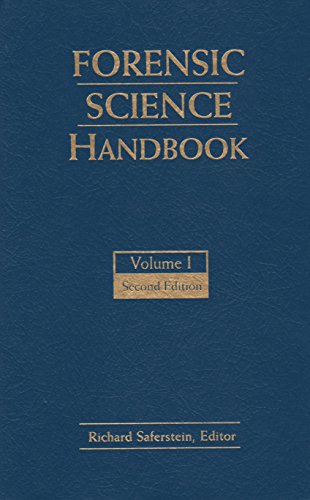The second in a three-volume series, this popular and widely circulated professional handbook describes the theories and practices of today's criminalistics, and covers a wide range of subject areas relevant to the services rendered by crime laboratories and related facilities. Presents authoritative reviews from recognized forensic criminologists and forensic scientists well-versed in their chosen areas of expertise. Considers a specific examination technique for a wide-range of evidence prevalent in the modern crime laboratory, e.g., DNA, hair, paint, soil, glass, petroleum products, explosives, alcohol in blood and breath, and questioned documents. Describes the theory, operation, and forensic utilization of such modern analytical instruments as mass spectrometry, capillary electrophoresis, high-performance liquid chromatography, and the visible microspectrophotometer. Emphasizes the symbiotic relationship between forensic science and criminal law as it examines the role and conduct of the expert witness, rules of evidence, and the legal requirements governing the admissibility of scientifically evaluated evidence.For professionals in forensic science and criminology.
For an advanced undergraduate or graduate level course in Forensic Science. Compiled by the former Chief Forensic Scientist of one of the largest crime laboratories in the U.S., this rigorous and timely handbook exposes students to a wide range of subject areas in criminalistics in a real and practical manner. As part of a three-volume series, it comes packed with useful information and loaded with insight, as it presents 13 self-contained chapters each contributed by a renowned forensic professional well-versed in their chosen areas of expertise. Together they make forensic science understandable and meaningful to students and help them fully appreciate the scientific principles that underlie the subject.
